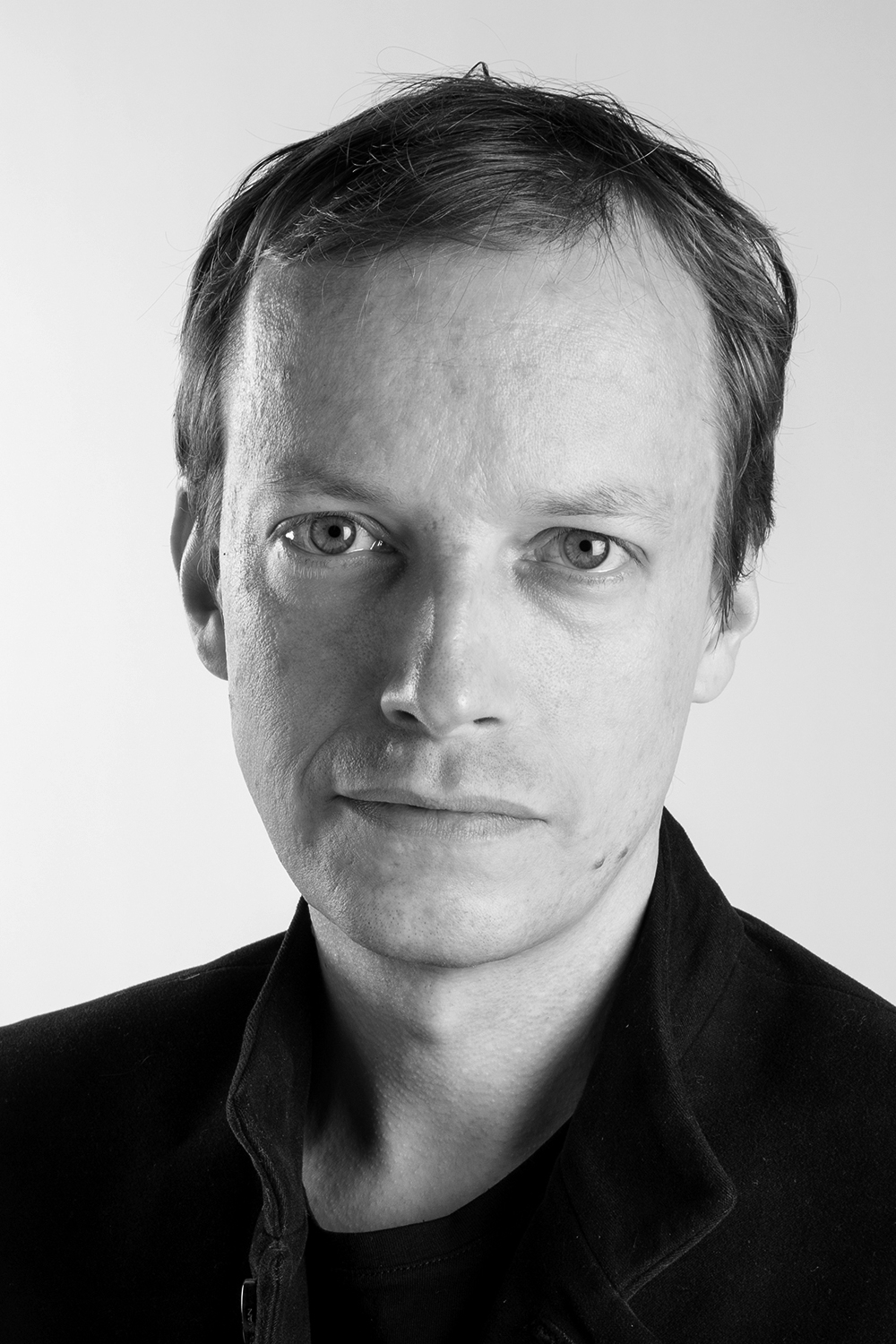Cited By
View all- Ceballos Inza VFykouras PRist FHäseker DHojjat MMüller CPottmann H(2024)Designing triangle meshes with controlled roughnessACM Transactions on Graphics10.1145/368794043:6(1-20)Online publication date: 19-Dec-2024
- Segall ARen JVaxman ASorkine-Hornung O(2024)Fabric Tessellation: Realizing Freeform Surfaces by SmockingACM Transactions on Graphics10.1145/365815143:4(1-20)Online publication date: 19-Jul-2024
- Ren JSegall ASorkine-Hornung O(2023)Digital 3D Smocking DesignACM Transactions on Graphics10.1145/3631945Online publication date: 16-Nov-2023
- Show More Cited By



